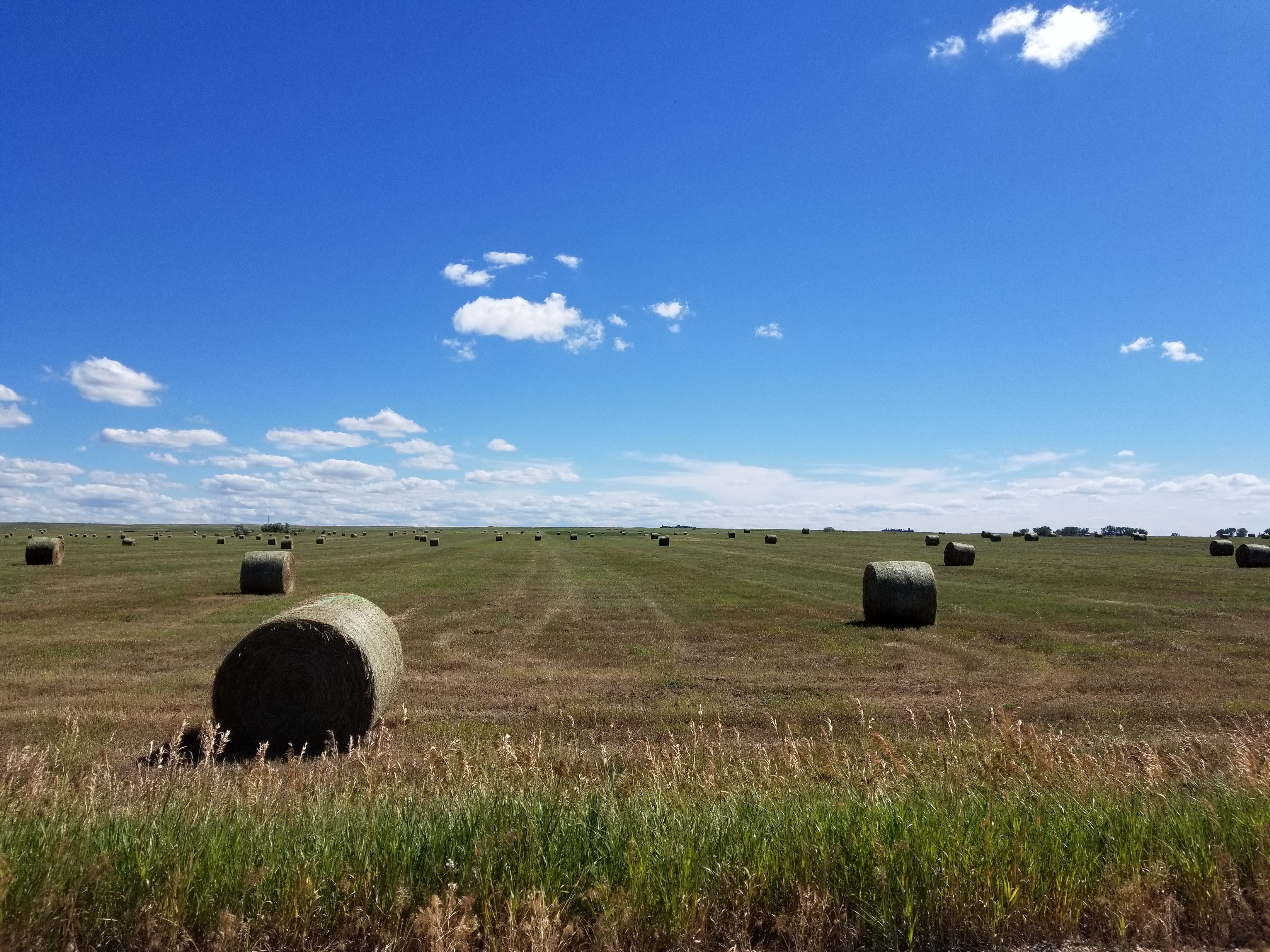
Sheridan County
2019 Agriculture Highlights
Published: 2019By Colleen Buck
2019 presented weather challenges for producers and MSU Extension Sheridan County agriculture agent Colleen Buck. Below-zero temperatures in February through March preceded calving, but thankfully, temperatures started to warm up when calves started to hit the ground. With the deep freeze, the ground froze hard, and even though it warmed, farmers had to wait until the middle of April or later for ground temperatures to warm enough to plant. May and June didn’t produce much precipitation, with temperatures cooler than normal, which caused some concern for hay production and the growing crops. Precipitation levels increased significantly in July; crops really took off and so did the grass for hay production and grazing. The precipitation didn’t stop through fall, and producers had a difficult time harvesting crops. Sprouted wheat was a major concern, along with inability to get into the fields due to excess moisture. A large majority of the Durum that is produced in Sheridan County has gone into the feed wheat category when delivering it to the elevator, which is a major decrease in expected revenue for producers. All of the unharvested wheat and sprouted wheat created an educational opportunity for Buck to talk with producers in both Daniels and Sheridan Counties about options for grazing unharvested, sprouted wheat. With all the precipitation, forage estimates for grazing are at an average of 18.43% above a normal year.


